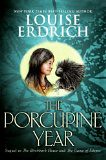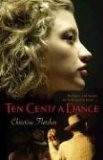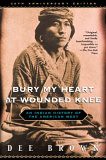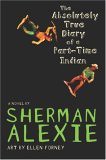
It starts with Luke and his younger brothers Bunna and Isaac leaving their Inupiaq village to go to Sacred Heart boarding school. Isaac is deemed too young to be there and taken to live with a "good Catholic family." His brothers (and mother) don't know where and have no way to get in touch with him or to bring him home.
Despite the bleak start, it's not nearly as dark or depressing as I thought it would be. There are multiple narrators.* In addition to Luke, there's Chickie, the white girl who lives in an Arctic village. Donna, an Indian raised by nuns, Sonny, the head of the Indian students, Amiq, the head of the Eskimo students, and Junior, an overlooked boy who makes a difference in the end.
The book covers four years of schooling and with the multiple points of view, it dips in and out of time, offering snippets of life. This gives the reader a bit of distance from some of the bleakness present in the school. The book focuses most of its attention on the relationships between the students, which is another reason it doesn't get as dark as it easily could.
There are some big historical events incorporated into the text-- military testing on Arctic students, plans to nuke Cape Hope to build a bigger harbor, the Duck-In protests, the Seward earthquake and tsunami.** There's a great author not explaining about what's true and what isn't. Most of the storyline involving Luke and his brothers comes from the life of Edwardsons's husband and his brothers and their time at a Catholic boarding school.
One thing that comes up often in the text and isn't covered in the author's note that I would like to know more about is the animosity between the Indian and Eskimo students. They sit on opposite sides of the cafeteria, have different leaders, and don't get along. There are a few hints as to why (conflicts going back generations) but I don't have the background to understand it completely and it's something I want to seek out a bit more information on.
Overall, it's a very powerful book, but one that readers will still enjoy. I liked the wide cast of characters and the how gently Edwardson treats her subject without shying away from it. I think this is one that teens will really enjoy, but it's going to take some slick handselling to get them to pick it up.
*Although some characters get to narrate and some are told in limited third person
**Although I didn't know about ANY of those historical events except the earthquake.
Book Provided by... my local library
Links to Amazon are an affiliate link. You can help support Biblio File by purchasing any item (not just the one linked to!) through these links. Read my full disclosure statement.










